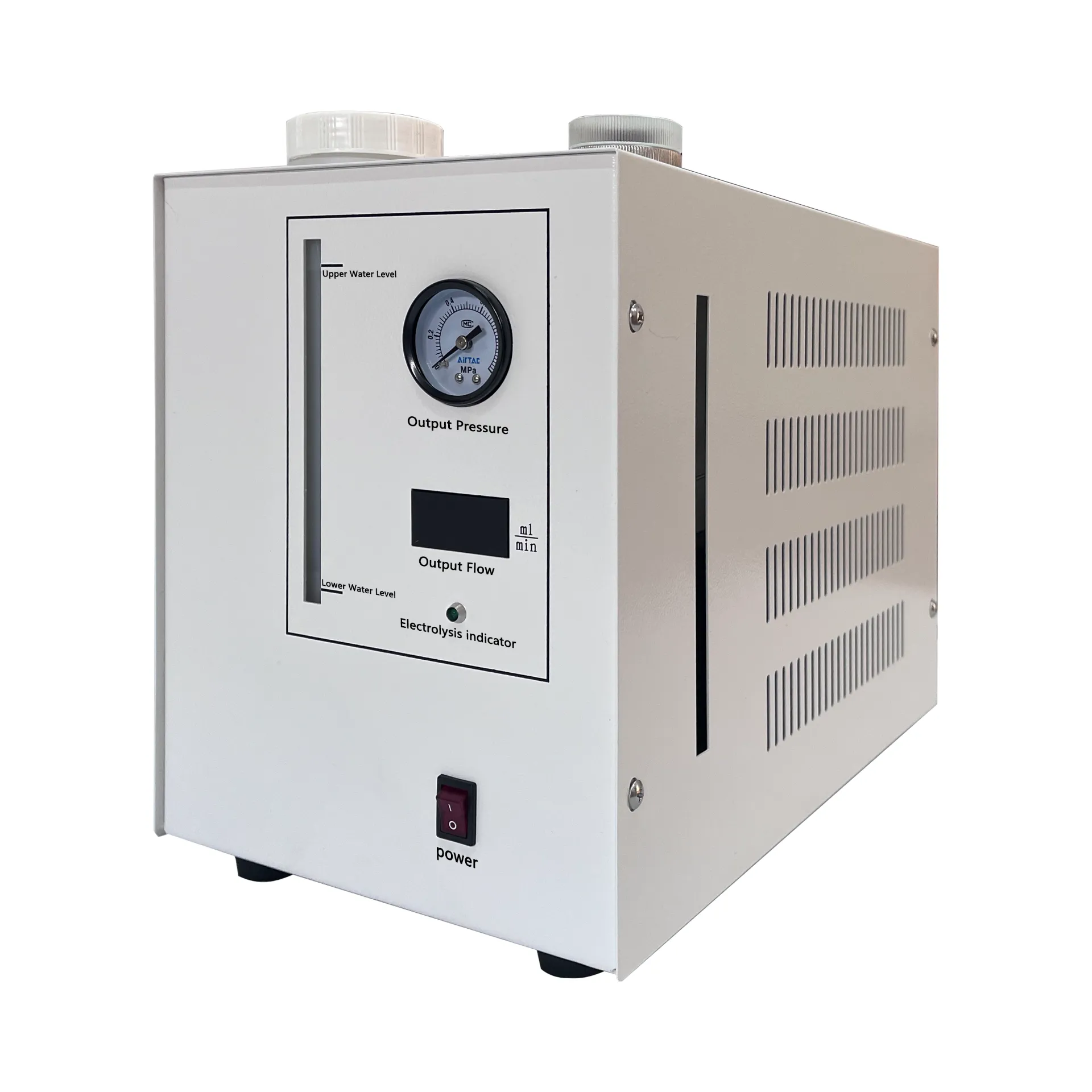 English
English


Measuring Surface Tension The Role of Tensiometers in Scientific Research and Applications
Understanding Tensiometers and Their Role in Measuring Surface Tension
Surface tension is a critical property of liquids that influences a wide range of phenomena, from the behavior of droplets to the stability of foams and emulsions. It is the result of cohesive forces between liquid molecules at the surface, which creates a skin-like effect. To measure surface tension accurately, scientists and engineers rely on a variety of techniques, one of which involves the use of tensiometers.
A tensiometer is an instrument specifically designed to measure the surface tension of liquids. It operates on various principles, including the capillary rise method, the Wilhelmy plate method, and the Du Noüy ring method. Each technique has its unique advantages and is suited for different types of samples and experimental conditions.
Capillary Rise Method
The capillary rise method is one of the simplest and most intuitive techniques used in surface tension measurement. This method relies on the principle of capillarity, where a liquid rises in a narrow tube due to the adhesive forces between the liquid and the tube material, countered by its weight. The height to which the liquid rises is directly related to the surface tension and can be calculated using the formula
\[ T = \frac{h \cdot \rho \cdot g \cdot r}{2} \]
where \( T \) is the surface tension, \( h \) is the height of the liquid column, \( \rho \) is the liquid density, \( g \) is the acceleration due to gravity, and \( r \) is the radius of the capillary tube. This method is widely appreciated for its simplicity and low cost, making it suitable for educational purposes and preliminary studies.
Wilhelmy Plate Method
The Wilhelmy plate method involves immersing a thin, vertical plate into the liquid and measuring the force exerted on it as it is submerged. The surface tension can then be calculated using the formula
tensiometer surface tension

\[ T = \frac{F}{L} \]
where \( F \) is the force measured and \( L \) is the wetted perimeter of the plate. This method is renowned for its precision and is often employed in research and industrial applications where accurate measurements are essential. It can be used for a broader range of liquid types, including those with high viscosity, which may not be suitable for other methods.
Du Noüy Ring Method
The Du Noüy ring method is another widely used technique. In this approach, a ring is submerged in the liquid and pulled upward until the liquid detaches from the ring’s surface. The force required to detach the liquid is measured, allowing for surface tension calculation. The method is applicable for a variety of liquids, including those that form significant surface films. It is particularly useful in the study of surfactants, where the presence of surface-active agents can alter surface tension significantly.
Applications and Importance
Understanding and measuring surface tension is of paramount importance across multiple fields. In pharmaceuticals, surface tension plays a critical role in drug formulation and delivery systems. In the food industry, it affects emulsification and the texture of products. Moreover, in environmental science, surface tension influences the behavior of pollutants and the stability of natural water bodies.
Tensiometers, by providing reliable measurements of surface tension, enable scientists and engineers to optimize processes, ensure product quality, and develop innovative solutions to complex problems.
Conclusion
In conclusion, tensiometers are indispensable tools in the measurement of surface tension, employing various methods tailored to different applications. Whether utilizing the straightforward capillary method, the precise Wilhelmy plate, or the effective Du Noüy ring, these instruments provide critical insights into liquid behavior. Understanding surface tension not only enhances our comprehension of fundamental physical processes but also drives advancements in technology and industry. As research continues, the role of tensiometers will remain vital in exploring new frontiers in science and engineering.
-
Differences between open cup flash point tester and closed cup flash point testerNewsOct.31,2024
-
The Reliable Load Tap ChangerNewsOct.23,2024
-
The Essential Guide to Hipot TestersNewsOct.23,2024
-
The Digital Insulation TesterNewsOct.23,2024
-
The Best Earth Loop Impedance Tester for SaleNewsOct.23,2024
-
Tan Delta Tester--The Essential Tool for Electrical Insulation TestingNewsOct.23,2024





